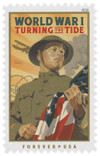
# 5300 - 2018 First-Class Forever Stamp - World War I: Turning the Tide
U.S. #5300
2018 50¢ World War I: Turning the Tide
Armistice Ends World War I Fighting
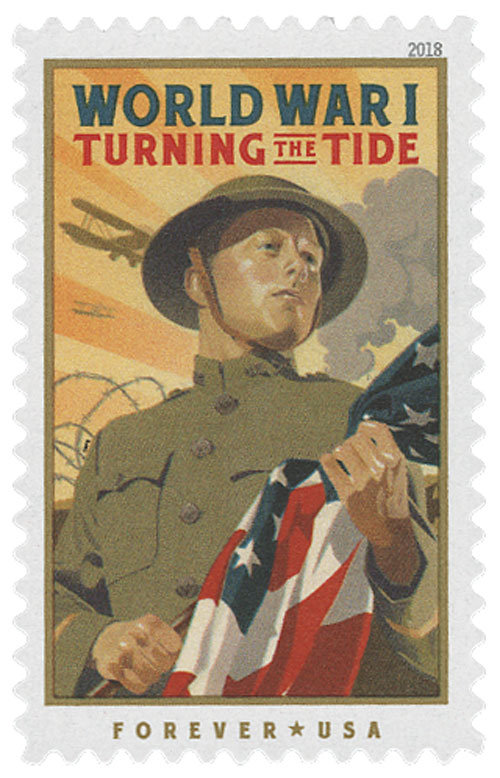
On the 11th hour of the 11th day of the 11th month (November 11, 1918), the world’s warring nations agreed to cease fighting, bringing about the end of the Great War.
When the war first began in 1914, America resolved to stay out of it. Though America offered aid and supplies to the Allies, President Woodrow Wilson vowed to remain neutral. But as the war dragged on, German hostility toward America grew worse.
By early 1917, the Germans had attacked and sunk several U.S. ships leading Congress to pass a $250 million arms appropriations bill to ready the nation for war. On April 2, 1917, President Wilson appeared before Congress to call for a declaration of war against Germany. He believed that unless the U.S. entered the war, Western civilization could be destroyed. Referring to it as a “war to end all wars,” he hoped it would result in lasting peace.
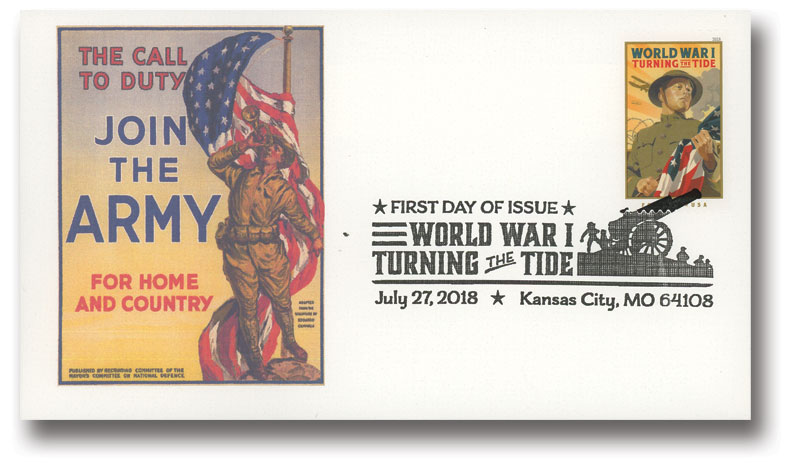
The following January, Wilson addressed Congress again and delivered his now-famous 14 Points speech, outlining America’s war goals. This speech marked the first clear intention of any of the warring nations. Its goals included self-determination, open agreements, international cooperation, resolving territorial disputes, creating lasting free trade and commerce, outlawing secret treaties, and establishing an independent Poland with sea access. It also suggested the creation of a peacemaking organization, which would eventually become the League of Nations.
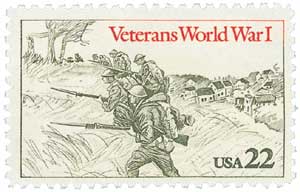
The Germans launched their Spring Offensive in 1918 to some success, but the Allies fought back fiercely with their own offensives. By late September, Germany’s military commanders realized that their situation was hopeless and were unsure if they could hold the front for another 24 hours. German General Erich Ludendorff told his government to call for an immediate ceasefire and accept Wilson’s 14 Points. German officials heeded his advice and contacted President Wilson to begin negotiations. Wilson demanded that before the negotiations could take place, Germany must retreat from all occupied territories, cease submarine activities, and the Kaiser must resign.
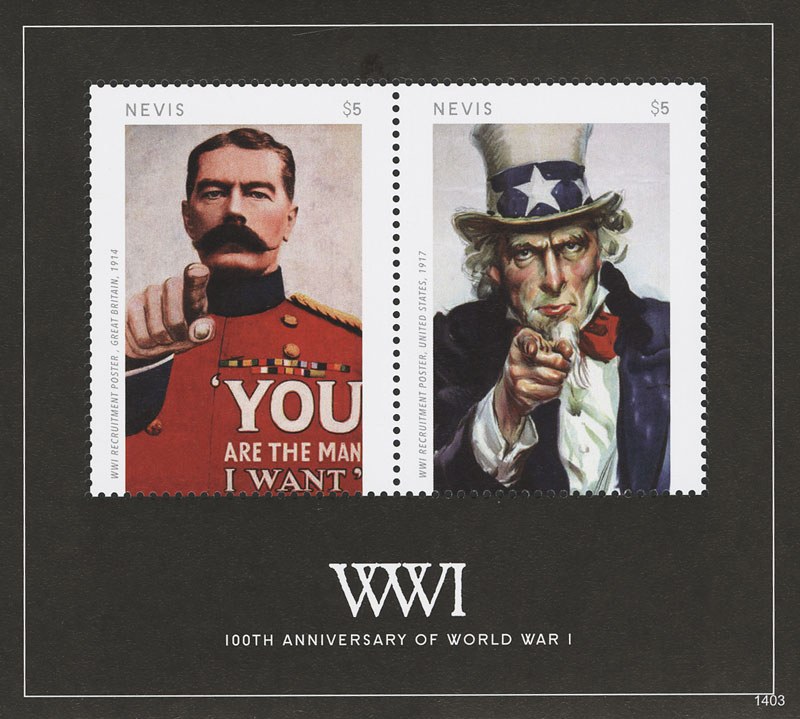
In spite of his earlier request, Ludendorff declared these conditions to be unacceptable and wished to continue fighting, but the German government decided to follow through with Wilson’s demands and replaced Ludendorff. He wasn’t the only one opposed to the 14 Points – the French, British, and Italian governments believed they were vague and unrealistic. After weeks of debate, they agreed to enter into negotiations and demand reparation payments.
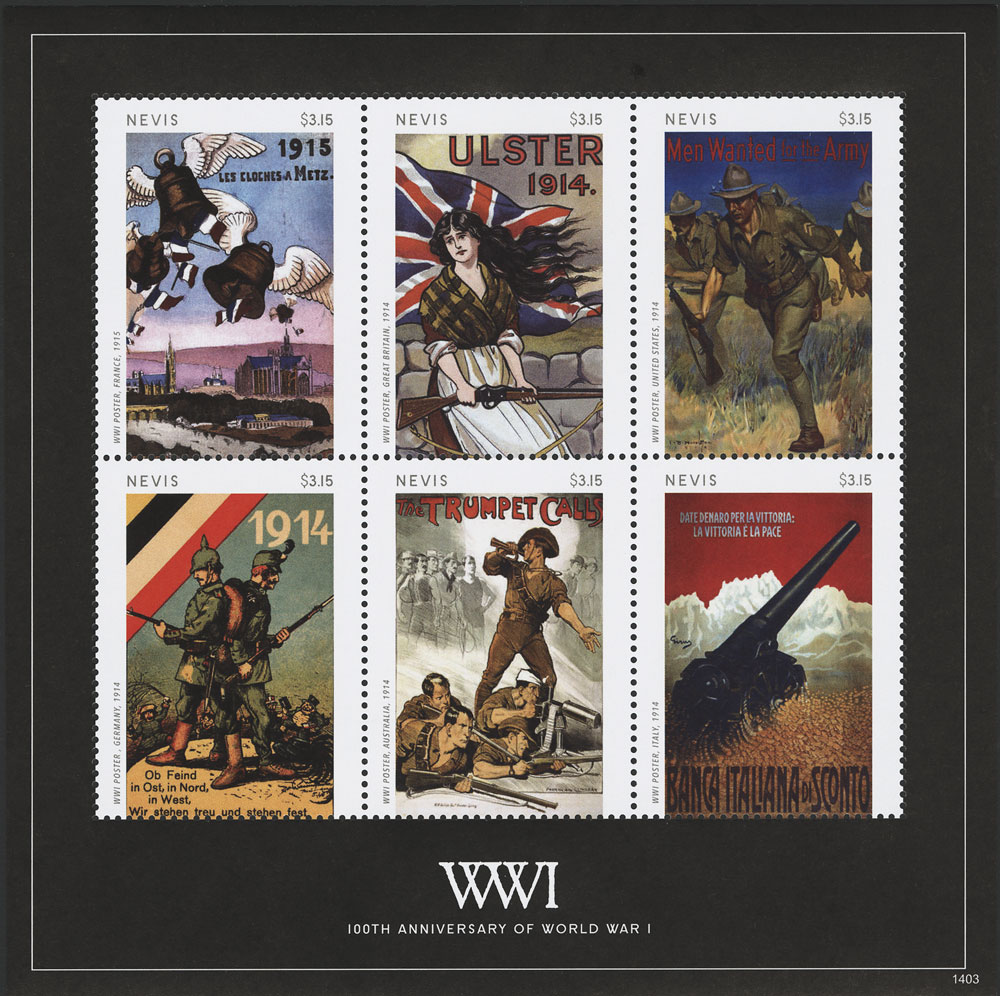
On November 7, German representatives crossed the front line, drove ten hours through the ravaged war zone to meet the Allies early the next morning. They met in Ferdinand Foch’s private train in Compiégne, France. The Allies gave the Germans a list of demands and 72 hours in which to agree. There was little negotiation – the Germans would remove all military forces from other nations while the Allies would continue their naval blockade until the peace treaty was signed. Both sides agreed to the armistice at 5:00 a.m. on November 11 and would put it into effect at 11:00 that morning. Across the front, some troops fired to the last minute, while others embraced their former foes, and others simply acknowledged each other and walked away.
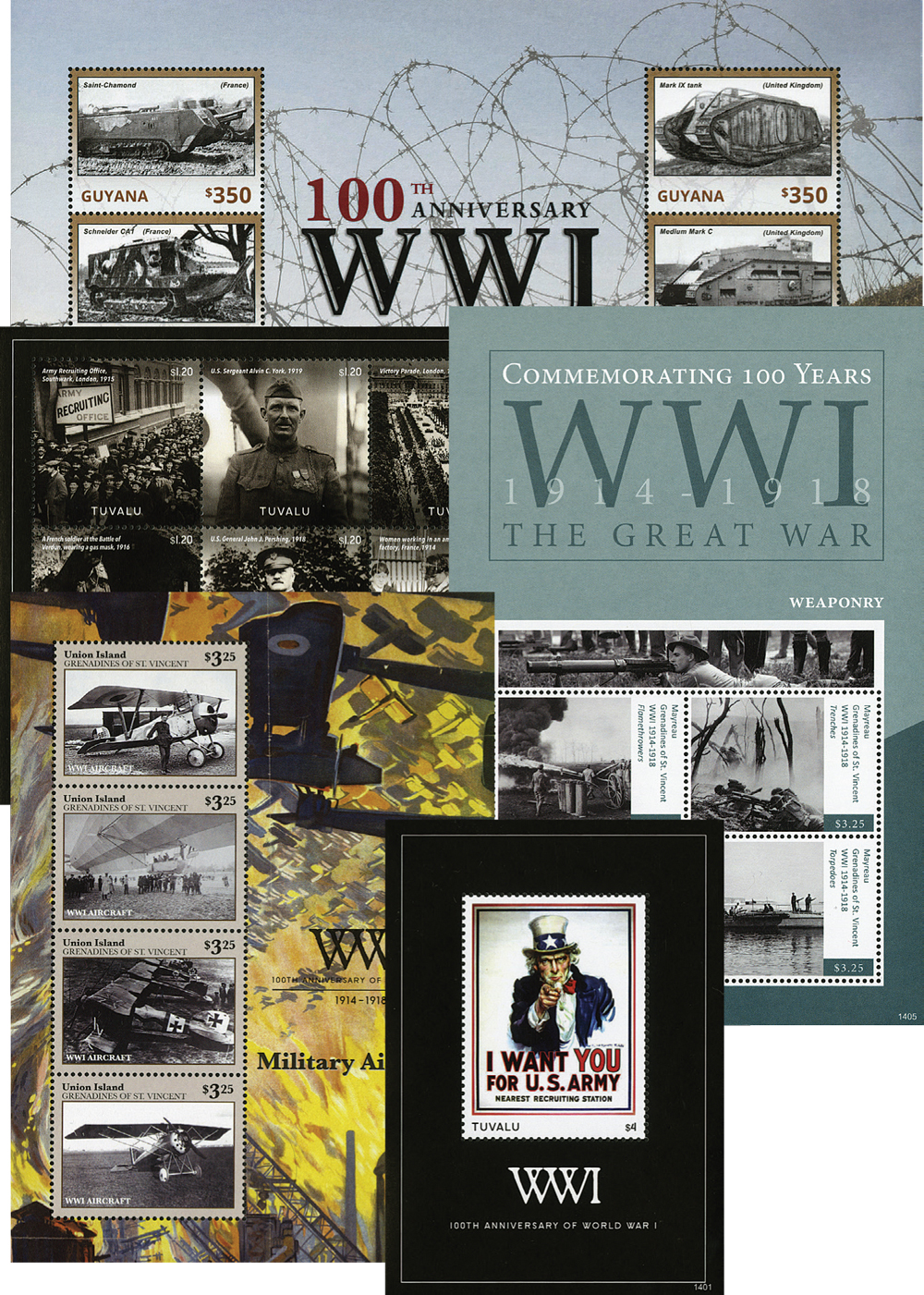
Though the armistice ended the fighting, it took an additional six months to negotiate the peace treaty. On June 28, 1919, representatives from Germany and the Allied powers met in France to discuss the terms that would end the war. One of the most significant provisions required Germany to accept responsibility for the war, disarm, make significant territorial concessions, and pay large reparations to the nations they had harmed. The treaty required Germany to pay 132 billion marks (about $33 billion U.S. Dollars). Many economists at the time believed this amount was excessive and may have been among the factors leading to World War II.
Click here for more World War I stamps.
U.S. #5300
2018 50¢ World War I: Turning the Tide
Armistice Ends World War I Fighting

On the 11th hour of the 11th day of the 11th month (November 11, 1918), the world’s warring nations agreed to cease fighting, bringing about the end of the Great War.
When the war first began in 1914, America resolved to stay out of it. Though America offered aid and supplies to the Allies, President Woodrow Wilson vowed to remain neutral. But as the war dragged on, German hostility toward America grew worse.
By early 1917, the Germans had attacked and sunk several U.S. ships leading Congress to pass a $250 million arms appropriations bill to ready the nation for war. On April 2, 1917, President Wilson appeared before Congress to call for a declaration of war against Germany. He believed that unless the U.S. entered the war, Western civilization could be destroyed. Referring to it as a “war to end all wars,” he hoped it would result in lasting peace.

The following January, Wilson addressed Congress again and delivered his now-famous 14 Points speech, outlining America’s war goals. This speech marked the first clear intention of any of the warring nations. Its goals included self-determination, open agreements, international cooperation, resolving territorial disputes, creating lasting free trade and commerce, outlawing secret treaties, and establishing an independent Poland with sea access. It also suggested the creation of a peacemaking organization, which would eventually become the League of Nations.

The Germans launched their Spring Offensive in 1918 to some success, but the Allies fought back fiercely with their own offensives. By late September, Germany’s military commanders realized that their situation was hopeless and were unsure if they could hold the front for another 24 hours. German General Erich Ludendorff told his government to call for an immediate ceasefire and accept Wilson’s 14 Points. German officials heeded his advice and contacted President Wilson to begin negotiations. Wilson demanded that before the negotiations could take place, Germany must retreat from all occupied territories, cease submarine activities, and the Kaiser must resign.

In spite of his earlier request, Ludendorff declared these conditions to be unacceptable and wished to continue fighting, but the German government decided to follow through with Wilson’s demands and replaced Ludendorff. He wasn’t the only one opposed to the 14 Points – the French, British, and Italian governments believed they were vague and unrealistic. After weeks of debate, they agreed to enter into negotiations and demand reparation payments.

On November 7, German representatives crossed the front line, drove ten hours through the ravaged war zone to meet the Allies early the next morning. They met in Ferdinand Foch’s private train in Compiégne, France. The Allies gave the Germans a list of demands and 72 hours in which to agree. There was little negotiation – the Germans would remove all military forces from other nations while the Allies would continue their naval blockade until the peace treaty was signed. Both sides agreed to the armistice at 5:00 a.m. on November 11 and would put it into effect at 11:00 that morning. Across the front, some troops fired to the last minute, while others embraced their former foes, and others simply acknowledged each other and walked away.

Though the armistice ended the fighting, it took an additional six months to negotiate the peace treaty. On June 28, 1919, representatives from Germany and the Allied powers met in France to discuss the terms that would end the war. One of the most significant provisions required Germany to accept responsibility for the war, disarm, make significant territorial concessions, and pay large reparations to the nations they had harmed. The treaty required Germany to pay 132 billion marks (about $33 billion U.S. Dollars). Many economists at the time believed this amount was excessive and may have been among the factors leading to World War II.
Click here for more World War I stamps.






